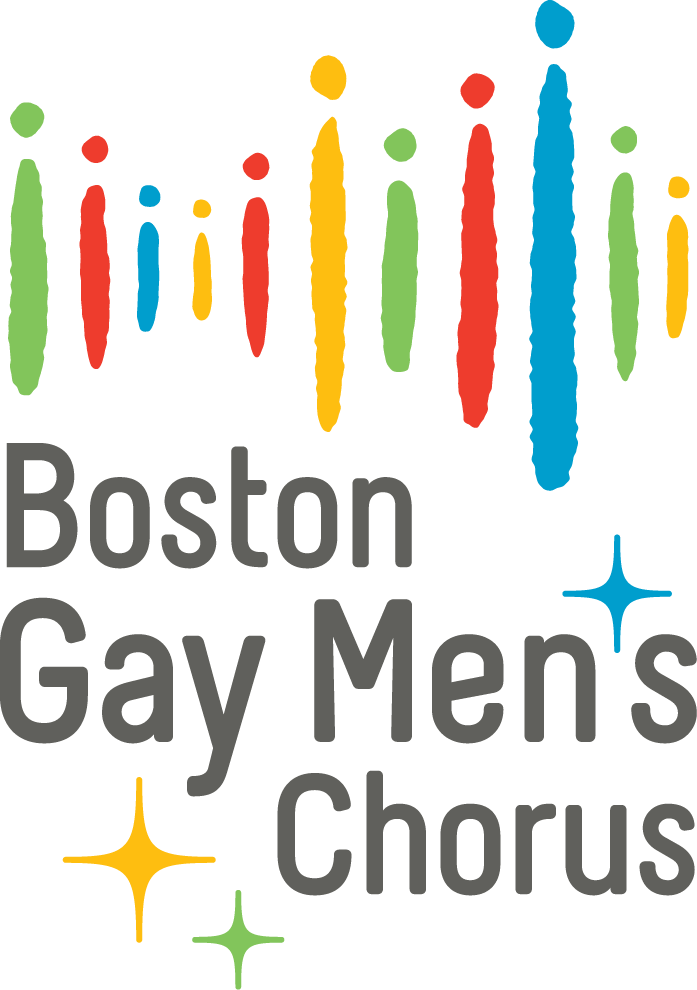But what’s the motivation behind the music? Social justice. BGMC was founded at the dawn of the AIDS crisis in 1982, immediately claiming a place in the burgeoning gay choral movement that was spurred by the 1979 assassination of Harvey Milk, the out gay politician who had implored gay people to “break down the myths, destroy the lies and distortions” about our community by coming out to everyone we knew. Thus, our dedication to improving the social and legal climate for LGBT people is as fundamental to BGMC as melody and, well…men.
It’s why we feel such affinity for South Africa, where music was a driving force in raising international awareness of the country’s brutal apartheid regime, building unity and resilience within the anti-apartheid movement and empowering black South Africans to continue—and win—their long fight for freedom.
As anti-apartheid activist Sifiso Ntuli explained in the 2002 documentary “Amandla! A Revolution in Four-Part Harmony,
“Song is something that would communicate to the people who otherwise would not understand where we were coming from. You could give them a long political speech and they would still not understand, but I tell you, when you finish that song people be like, ‘I know where you guys are coming from. Death unto apartheid.’”
In the same film—which is required viewing to truly understand how integral music was to the anti-apartheid movement—South African jazz legend Hugh Masekela recalls his American counterpart the late Dizzy Gillespie telling him, “I’d like to be part of your revolution, because the people are always dancing and singing.”
Musicians, activists, freedom fighters, and ordinary citizens wrote and sang songs that exposed and detailed the violence and indignities they suffered under apartheid—being forced to leave their homes to live segregated in townships, commuting long hours to urban centers for work, the bleak and backbreaking work of coal mining, working for white people who mocked and mistreated them, their freedom to move about severely restricted.
For example, in the song “Madam, Please,” a black maid confronts her white boss’s disdain by contrasting her life of privilege with the maid’s life of hardship: “Madam, please, before you ask me if your children are fine, ask me when, ask me when I last saw mine.”
South African actor and singer Sophie Mgcina movingly conveys the song’s anger and sadness in this clip from “Amandla!”
Many other songs struck notes of open defiance and confrontation. Perhaps the most famous among them is “Pasopa nansi ‘ndondemnyama we Verwoerd” (“Look out, Verwoerd, here are the Black people”) written in the 1950s by singer, union organizer and anti-apartheid activist Vuyisile Mini, one of the first to be executed under the apartheid regime. The song name checks Hendrik Frensch Verwoerd, the South African Prime Minister known as the “architect of apartheid.” With lyrics like, “Watch out Verwoerd, the black man will get you,” Mini didn’t mince words. He is reported to have sung the song on the way to his execution in 1964.
Mini’s defiant words stand in contrast to the song’s upbeat melody—a trick of many freedom songs to disarm white people who did not speak native South African languages such as Zulu and Xhosa. As Mgcina explains in “Amandla!,” white people would hear the music and think, “Oh how nice. But really we were saying, ‘We’re gonna kill you, we’re gonna shoot you, better watch what you say, better watch what you do.’”
Listen for yourself, as the legendary Miriam Makeba sings “Pasopa nansi ‘ndondemnyama we Verwoerd” in this 1965 recording.
Makeba was among the most famous and revered artists to sing of South Africa’s struggle against apartheid and like her contemporaries Masekela, composer Abdullah Ibrahim, and other protest singers, she was forced into exile for her opposition. In a 1966 interview in Sweden, Makeba discussed how apartheid thwarted her career and how her records were banned from South African radio and retail shops in 1962. “People who have them just have to play them privately and hope that nobody that shouldn’t hear them hears them,” she said.
The brief interview begins at the 2:30 mark, after Makeba sings “Khawuleza,” a freedom song in which children call out to their mothers to not be caught by the police, who would arbitrarily raid homes in the townships.
Following the youth-led Soweto uprising against racist education policies in 1976, protest music took on an even more radical tone, embodied by the exploding popularity in 1980s of the Toyi-Toyi, a dance that mimicked military marching exercises and became a staple of street protests. In the absence of weapons to combat police, protesters actually used the militaristic steps and rhythmic call and response singing to intimidate their oppressors. As Masekela says in this excellent Toyi-toyi primer (a quote taken from “Amandla!”), “Because you can’t beat these people physically, you can scare the shit out of them with the songs.”
The pinnacle of South African protest music is without a doubt Masekela’s “Bring Him Back Home (Nelson Mandela).” This joyful 1987 live performance from Paul Simon’s “Graceland—The African Concert” makes clear how the song became the unofficial anthem of the anti-apartheid movement.
Released the same year as this performance, “Bring Him Back Home” demanded Mandela’s release from prison, which would finally be met three years later—28 years after he received a life sentence for his anti-apartheid activities. By 1991, apartheid was done, paving the way for Mandela’s election as president in 1994. At long last, justice.
Further viewing/listening:
Miriam Makeba sings Masekela’s “Soweto Blues,” which commemorates the Soweto uprising, at a 1988 concert for Nelson Mandela’s 70th birthday
12 Songs that Shaped the Struggle
https://youtu.be/4qhHmy_6zrE
